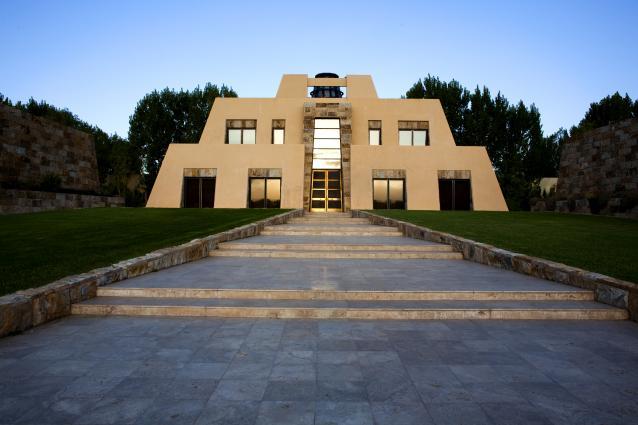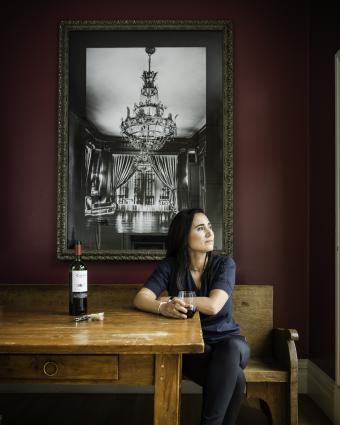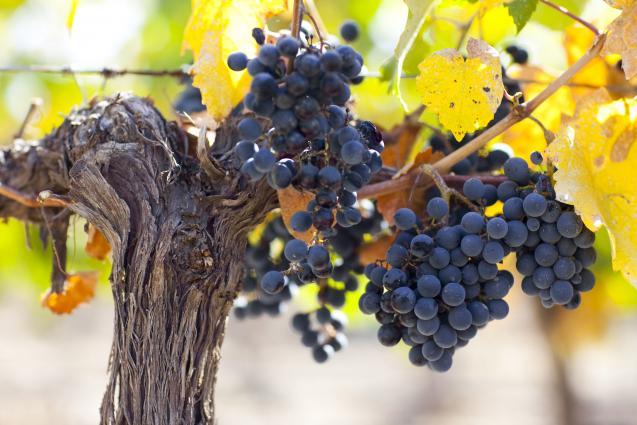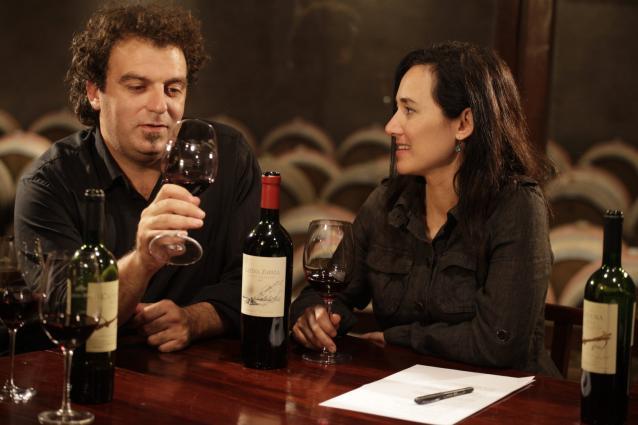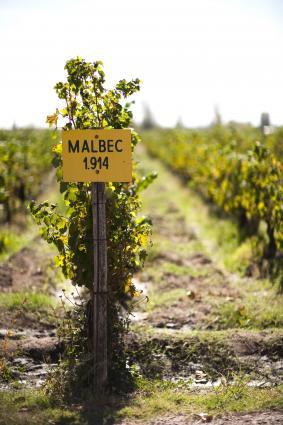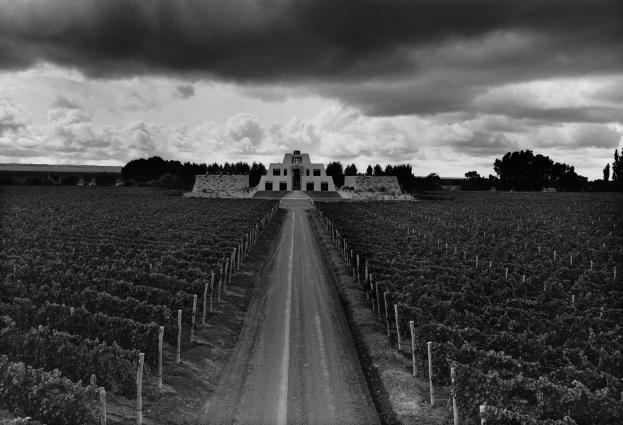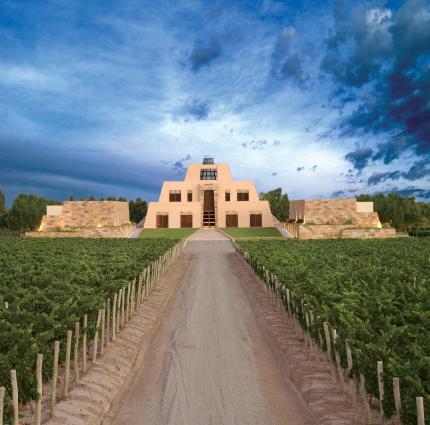La Marchigiana Bonarda

Wine Description
La Marchigiana honors the natural and sulfite-free homemade wine legacy with this very limitied production. In 1898, Nicola Catena arrived in Argentina from Le Marche, Italy, bringing with him the family tradition of creating natural wines, preserved only by their own tannins. It is a "naked wine", in which only the grapes and terroir speak.
Once settled in Argentina, Nicola embraced the practice of fermenting wine in Clay pots. Widely spread in the Cuyo region, this practice dates back to Colonial times where wine was made from Criolla grapes in amphoras and "botijas
 Acclaim
Acclaim
 Vineyard & Production Info
Vineyard & Production Info
 Winemaking & Aging
Winemaking & Aging
 Analytical Data
Analytical Data
 Wine Production
Wine Production
Extremely Limited Production-US Allocation
 About the Vineyard
About the Vineyard
La Marchigiana was Nicola Catena’s label, used in the oak barrels containing bulk winethat were sent to Buenos Aires to be sold in the finest restaurants of that time. This label has been hanging at the winery and at Nicolás Catena Zapata’s office since Laura and Adrianna Catena were children.
La Marchigiana stands for the women from Le Marche and that iswhy there is a woman harvesting and handing grapes to a man with a basket on the label.
The style is early 20th century and the label says Bodega y Viñedos Nicolás Catena, because Nicola Catena was made to change his name to Nicolás when he became an Argentine citizen.
Laura observes that it was a smart idea to celebrate women harvesting since hergreat-grandfather’s wife, Ana Mosceta de Catena was also from Le Marche and loved her vines. Because of this, Laura’s great- grandfather use to call her his “vine whisperer”.


